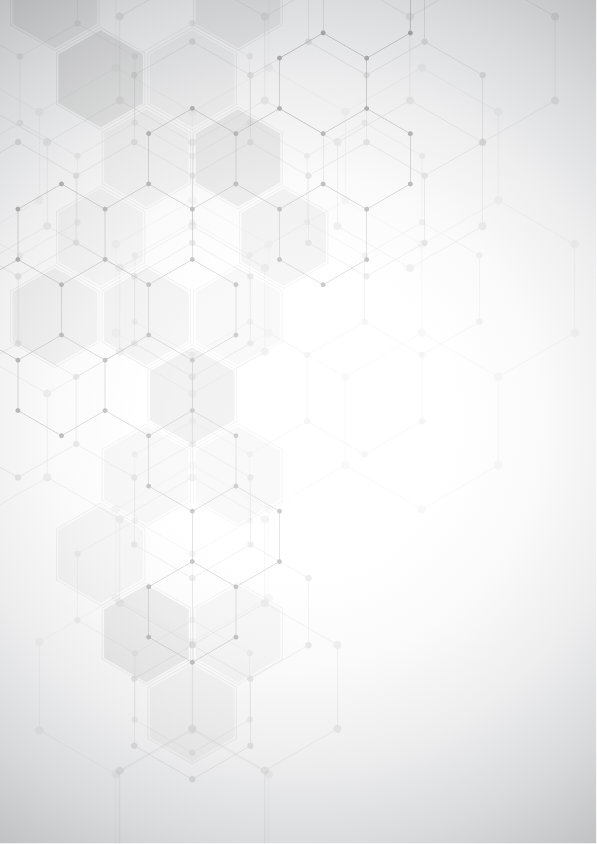
More articles from Volume 47, Issue 2, 2019
HISTOLOGICAL CHARACTERISTICS AND VOLUME DENSITY OF ELASTIC FIBERS IN THE DERMIS DURING AGING
THE INFLUENCE OF PHACOEMULSIFICATION ON CORNEAL OEDEMA IN PATIENTS WITH GLAUCOMA
CLINICAL AND MORPHOLOGICAL CHARACTERISTICS OF MALIGNANT MELANOMA
EXAMINATION OF THE IMPACT OF CHARACTERISTICS OF THE HEALTH ISSUES, LENGTH OF TIME SINCE THEMYOCARDIAL INFARCTION AND COMORBIDITY TO THE QUALITY OF LIFE OF DISEASED OF MYOCARDIAL INFARCTION
RISK FACTORS FOR POSTPARTUM DEPRESSION IN THE EARLY POSTPARTUM PERIOD
CRANIOCEREBRAL INJURY COMPLICADET BY BENING CYST OF THE MIDDLE CRANIAL FOSSA
Faculty of Medicine Foča, University of East Sarajevo , Lukavica , Bosnia and Herzegovina
University Hospital Foča , Foča , Bosnia and Herzegovina
University Hospital Foča , Foča , Bosnia and Herzegovina
University Hospital Foča , Foča , Bosnia and Herzegovina
Faculty of Medicine Foča, University of East Sarajevo , Lukavica , Bosnia and Herzegovina
Department of Neurosurgery, Clinical Hospital Center Zemun , Belgrade , Serbia
Abstract
Arachnoid cysts are cavities filled with liquor, usually localized on the floor of the middle cranial fossa. Clinically, they are usually asymptomaticand can sometimes be presented with increased intracranial pressure syndrome and epileptic seizures. We present a patient who, after a slight head injury in a accident develops an increased intracranial pressure syndrome followed by an epileptic seizure. Based on the clinical course and diagnostic processing, we want to draw attention doctors who are in a position to inspect these patients that apparently slight head injuries can be complicated and dangerous for the lives of the premorbid intracranial condition of the injured.
Keywords
References
Citation
Copyright

This work is licensed under a Creative Commons Attribution-NonCommercial-ShareAlike 4.0 International License.
Article metrics
The statements, opinions and data contained in the journal are solely those of the individual authors and contributors and not of the publisher and the editor(s). We stay neutral with regard to jurisdictional claims in published maps and institutional affiliations.






